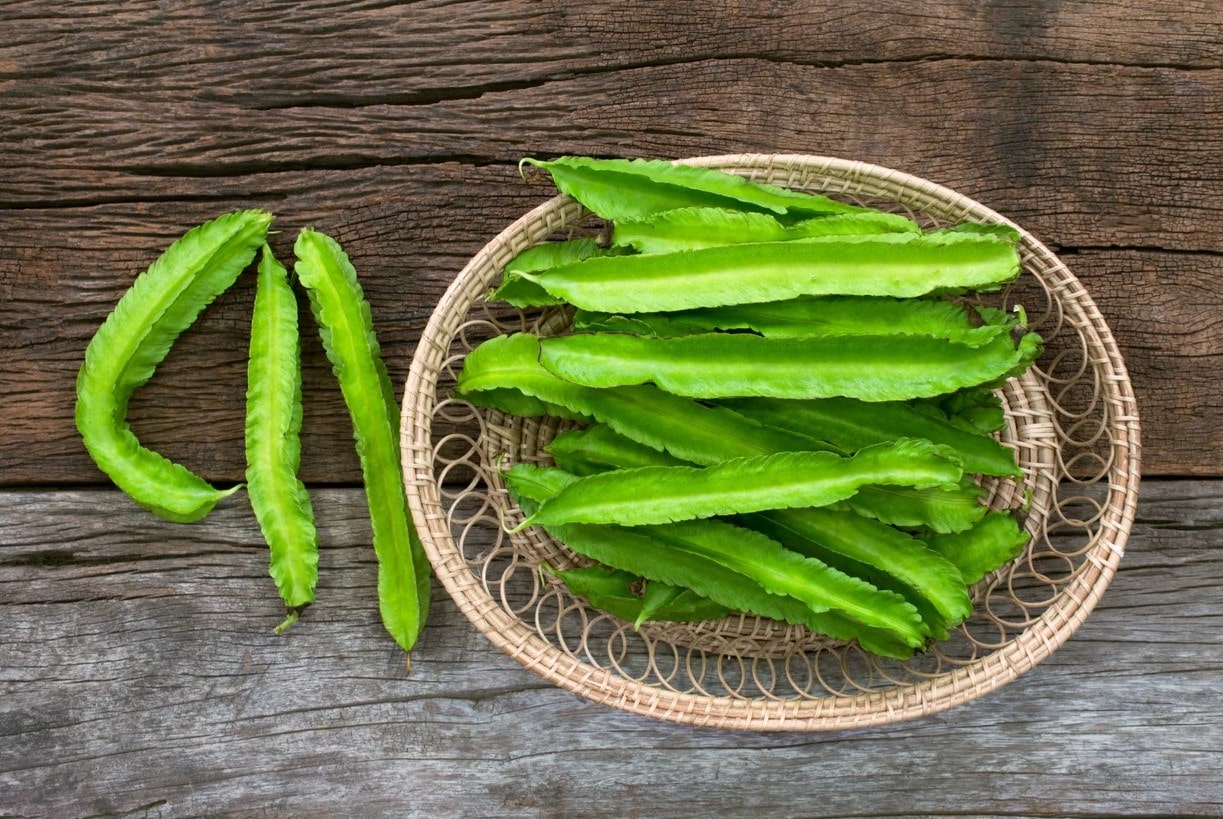
Winged Peas, also known as Goa beans or four-angled beans, are fascinating legumes that pack a punch in both nutrition and versatility. Ever wondered why they're called "winged"? It's because of their unique, wing-like ridges running along each pod. These beans are not just a treat for the eyes but also a powerhouse of health benefits. Rich in protein, vitamins, and minerals, they can be a great addition to your diet. Whether you enjoy them raw, steamed, or stir-fried, winged peas offer a delightful crunch and a slightly sweet flavor. Ready to learn more about these amazing beans? Let's dive into 15 intriguing facts about winged peas!
Key Takeaways:
- Winged peas, also known as winged beans, are a versatile and nutritious legume native to tropical regions. Every part of the plant is edible, and they are rich in protein, fiber, and essential vitamins.
- Not only are winged peas good for you, but they also benefit the environment. They enrich the soil, require fewer pesticides and fertilizers, and can be grown in intercropping systems to maximize land use.
What Are Winged Peas?
Winged peas, also known as winged beans or Goa beans, are a unique legume native to tropical regions. They are celebrated for their versatility and nutritional benefits.
-
Winged peas are scientifically called Psophocarpus tetragonolobus.
-
These beans are named for their distinctive four-winged pods.
-
Every part of the plant is edible, including the leaves, flowers, roots, and seeds.
Nutritional Benefits of Winged Peas
Winged peas pack a punch when it comes to nutrition. They are rich in essential vitamins and minerals.
-
They are an excellent source of protein, making them a great meat substitute for vegetarians.
-
High in fiber, winged peas aid in digestion and promote gut health.
-
These beans contain significant amounts of vitamins A and C, which boost the immune system.
Growing Conditions for Winged Peas
Winged peas thrive in specific climates and soil conditions. Understanding these can help in cultivating them successfully.
-
They grow best in tropical and subtropical climates with plenty of sunlight.
-
Winged peas prefer well-drained soil rich in organic matter.
-
These plants are drought-tolerant but require regular watering during the growing season.
Culinary Uses of Winged Peas
Winged peas are incredibly versatile in the kitchen. They can be used in various dishes, adding both flavor and nutrition.
-
The young pods can be eaten raw or cooked, similar to green beans.
-
Leaves and flowers can be used in salads or as a garnish.
-
The tuberous roots are starchy and can be cooked like potatoes.
Environmental Benefits of Winged Peas
Winged peas are not just good for you; they are also beneficial for the environment.
-
These plants are nitrogen-fixing, which means they enrich the soil by converting atmospheric nitrogen into a form plants can use.
-
They require fewer pesticides and fertilizers compared to other crops, making them more sustainable.
-
Winged peas can be grown in intercropping systems, helping to maximize land use and improve biodiversity.
The Final Scoop on Winged Peas
Winged peas, also known as Goa beans or asparagus peas, are fascinating legumes. They’re packed with nutrients, offering a great source of protein, vitamins, and minerals. These peas thrive in tropical climates and can be used in various culinary dishes. Their unique four-winged pods make them stand out in the garden and on the plate.
Growing winged peas is relatively easy. They require well-drained soil and plenty of sunlight. Once harvested, they can be eaten raw, cooked, or even pickled. Their versatility in the kitchen makes them a favorite among gardeners and chefs alike.
Incorporating winged peas into your diet can boost your health and add a new dimension to your meals. So, next time you’re looking for something different to grow or cook, give winged peas a try. You won’t be disappointed!
Frequently Asked Questions
Was this page helpful?
Our commitment to delivering trustworthy and engaging content is at the heart of what we do. Each fact on our site is contributed by real users like you, bringing a wealth of diverse insights and information. To ensure the highest standards of accuracy and reliability, our dedicated editors meticulously review each submission. This process guarantees that the facts we share are not only fascinating but also credible. Trust in our commitment to quality and authenticity as you explore and learn with us.


